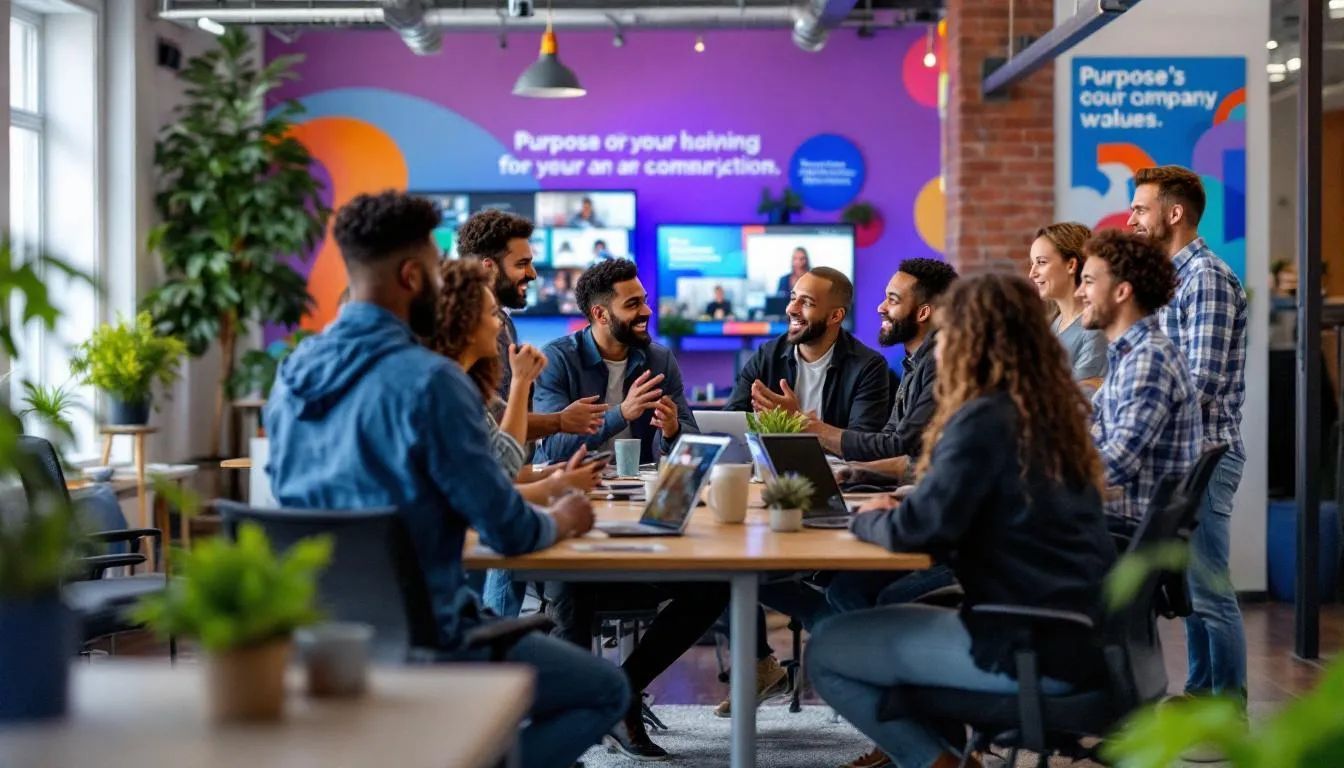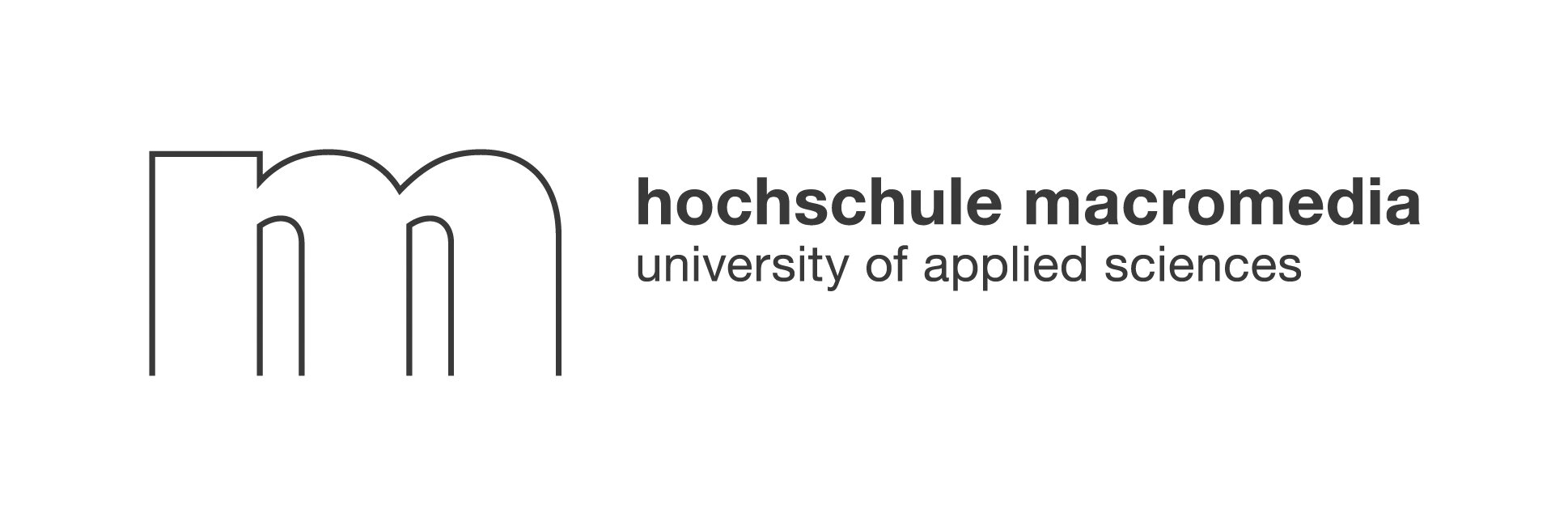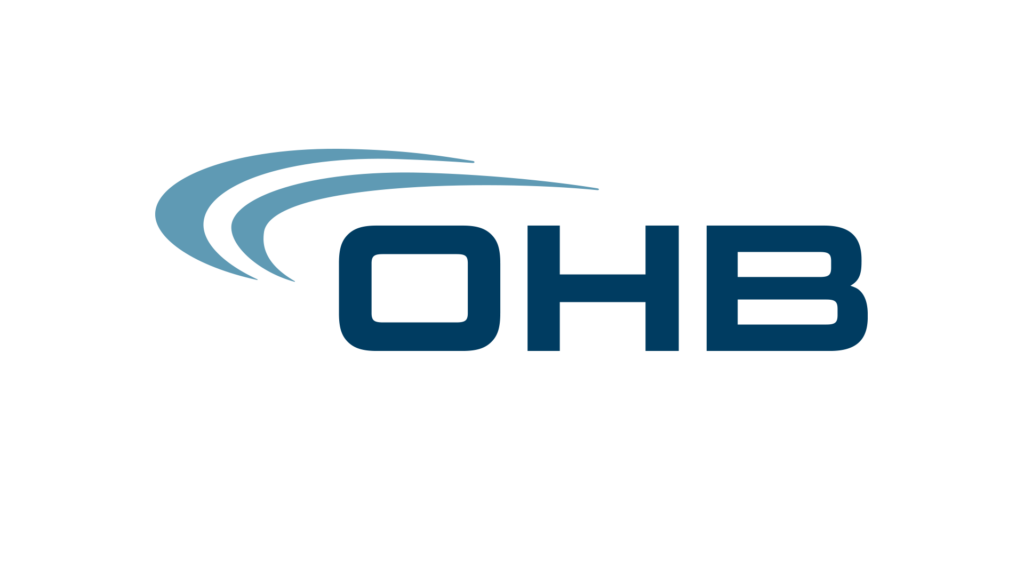Employee engagement strategies are no longer just a buzzword—they’re the backbone of thriving organizations in 2025. Yet, many leaders still ask: What actually keeps people energized, connected, and committed, especially in a world of hybrid teams and digital overload? This guide unpacks proven tactics, highlights why employee engagement still matters, and reveals how AI-driven solutions like Neroia are reshaping how we connect at work. If you’re searching for actionable strategies that go beyond generic perks and truly energize your workforce, you’re in the right place.
Why Employee Engagement Still Matters in 2025
The cost of disengagement: latest data
Disengaged employees are expensive. According to Gallup’s latest report, global businesses lose approximately $7.8 trillion in productivity each year due to disengagement. That’s not just a staggering number—it’s a wake-up call. Even in 2025, organizations are feeling the pinch as remote and hybrid work make it easier for employees to feel disconnected or overlooked.
Disengagement shows up as absenteeism, high turnover, and lower work quality. The hidden costs can be even greater: missed opportunities for innovation, customer dissatisfaction, and a culture that struggles to adapt.
Benefits that reach customers and the bottom line
On the flip side, effective employee engagement strategies deliver measurable benefits. Engaged employees are more productive, creative, and likely to stay. They’re also better at delivering positive customer experiences, which directly impacts revenue and retention. Research consistently shows that companies with high engagement outperform their peers in profitability, sales, and customer loyalty.
When employees feel connected to their work and each other, they go the extra mile. This ripple effect benefits everyone—from customers to shareholders.
Diagnosing Your Current Engagement LevelsKey signs of disengagement to watch for
Before rolling out new employee engagement strategies, it’s crucial to understand where your organization stands. Common signs of disengagement include:
- Increased absenteeism or tardiness
- Minimal participation in meetings or company initiatives
- Declining work quality or missed deadlines
- Withdrawal from team interactions
- Resistance to change or new projects
If these red flags sound familiar, it’s time to take a closer look at your engagement efforts.
Tools: surveys, pulse checks and one-to-ones
How do you measure engagement? Start with a mix of quantitative and qualitative tools:
- Employee surveys: Annual or quarterly questionnaires that capture overall sentiment.
- Pulse checks: Short, frequent surveys (weekly or monthly) that track changes in real time.
- One-to-one meetings: Regular check-ins between managers and team members to discuss workload, challenges, and well-being.
Combining these tools paints a clearer picture of what’s working—and what’s not.
“Engagement isn’t static. The best organizations treat measurement as an ongoing conversation, not a one-time event.”
Crafting Employee Engagement Strategies Aligned With Company Purpose
Linking mission, values and day-to-day work
The most effective employee engagement strategies are rooted in purpose. When employees see how their daily tasks connect to the company’s mission and values, motivation soars. This alignment builds pride and a sense of belonging.
For example, companies that highlight their social impact or commitment to sustainability often see higher engagement scores. Employees want to feel that their work matters beyond the bottom line.
Securing leadership buy-in from the start
No engagement initiative will succeed without visible support from leadership. Leaders set the tone by modeling desired behaviors, recognizing effort, and communicating openly about company goals. When executives champion engagement, employees are more likely to participate and trust the process.
“Engagement starts at the top. When leaders show up authentically, employees follow their lead.”
Strategy Toolkit: 13 Tactics That Actually Work
Onboarding that Inspires from Day One
A memorable onboarding experience sets the stage for long-term engagement. Go beyond paperwork—help new hires connect with their team, understand the company culture, and see a clear path for growth. Consider buddy systems, interactive welcome sessions, and early exposure to real projects.
Values-Driven Recognition Programs
Recognition is most powerful when it’s tied to company values and delivered authentically. Personalized shout-outs, peer-nominated awards, and public celebrations reinforce what matters most. In 2025, digital platforms make it easy to recognize contributions instantly—no matter where employees are working.
Wellbeing and Flexibility Initiatives
Supporting mental, physical, and emotional health is non-negotiable. Offer flexible schedules, wellness stipends, and access to mental health resources. Encourage regular breaks and create spaces (virtual or physical) for relaxation and connection. Well-being programs should be inclusive and adaptable to individual needs.
Growth Pathing and Learning Opportunities
Employees crave growth. Provide clear career paths, mentorship programs, and access to learning resources. Encourage cross-functional projects and skill-building workshops. When people see a future at your company, they’re more likely to stay engaged.
Community and Volunteering Programs
Social impact initiatives bring people together and foster a sense of purpose. Offer paid volunteer time, organize team service days, and support causes employees care about. Community involvement boosts morale and strengthens workplace bonds.
Low-cost employee engagement strategies for small teams
Not every team has a big budget, but engagement doesn’t have to break the bank. Try these cost-effective ideas:
- Host virtual coffee chats or lunch-and-learns
- Launch employee-led interest groups
- Celebrate small wins with digital badges or thank-you notes
- Rotate meeting facilitators to give everyone a voice
Table: 13 Impactful Employee Engagement Strategies
Supporting Engagement in Hybrid and Remote Teams
Building connection across time zones
Hybrid and remote work present unique challenges for engagement. Employees can feel isolated, left out, or disconnected from company culture. To bridge these gaps, focus on intentional connection:
- Schedule regular team check-ins that accommodate multiple time zones
- Mix up groups for cross-team projects or social events
- Encourage informal conversations through digital channels
Neroia’s AI-driven platform takes this a step further by curating micro-events—small, interest-based gatherings like yoga sessions, cycling meetups, or cultural exchanges. These AI-orchestrated activities help employees effortlessly discover new connections, regardless of location.
Digital tools that foster inclusion
The right tools make all the difference. Integrated platforms—like Neroia—work with Slack, recognition apps, and HR systems to streamline communication, event planning, and feedback. Digital spaces should be accessible, secure, and designed for real engagement—not just information sharing.
“Tech can bridge distances, but it’s thoughtful design that creates real inclusion.”
Measuring Success: Metrics, Surveys and Continuous Feedback
Choosing the right KPIs
Measuring the impact of your employee engagement strategies is essential. Focus on key performance indicators (KPIs) such as:
- Employee Net Promoter Score (eNPS)
- Participation rates in programs and events
- Retention and turnover statistics
- Productivity and absenteeism figures
These metrics provide a snapshot of engagement health and highlight areas for improvement.
Turning data into actionable insights
Collecting data is just the first step. The real value comes from turning insights into action. Use anonymized analytics—like those provided by Neroia’s platform—to spot trends, identify champions, and refine your strategy. Regularly share findings with employees and involve them in shaping future initiatives.
Keeping Momentum: Evolving Your Engagement Plan Over Time
Iterating based on feedback loops
Employee engagement isn’t a set-it-and-forget-it effort. The most successful organizations treat it as an ongoing journey. Gather feedback, review outcomes, and tweak your approach as needed. What worked last year might not resonate today.
Celebrating wins and spotlighting champions
Recognition fuels momentum. Celebrate milestones, spotlight individuals or teams who embody your values, and share stories of positive impact. This not only boosts morale but also encourages others to get involved.
“When employees see their peers celebrated, engagement becomes contagious.”
Why Traditional Engagement Strategies Often Fall Short
Many traditional company-organized engagement strategies struggle in today’s hybrid landscape. Generic initiatives—like one-size-fits-all virtual happy hours or broad wellness challenges—often see declining participation. Why? They lack personalization, feel forced, and don’t account for the diverse needs and schedules of modern teams.
Hybrid disconnection is another challenge. Employees working remotely can feel excluded from in-office perks or spontaneous interactions. Over time, this leads to silos, disengagement, and higher turnover.
Outdated programs also tend to rely on manual planning and top-down coordination, which is time-consuming and rarely scalable. Employees crave authentic, organic connections—not just another calendar invite.
The Future: AI-Driven Micro-Events and Dynamic Engagement
Neroia’s vision for employee engagement strategies is built for the realities of 2025. By leveraging artificial intelligence, Neroia’s platform curates micro-events—small gatherings of 3-4 participants—tailored to individual interests and schedules. These AI-driven activities range from yoga classes to company runs and cultural exchanges, breaking down silos and fostering genuine relationships.
For example, in a recent OHB pilot, Neroia’s platform seamlessly coordinated yoga sessions and company runs, matching employees based on shared interests and availability. The AI chat orchestrated logistics, sent reminders, and collected anonymized feedback, making participation effortless and privacy-focused.
Neroia doesn’t just replace outdated programs; it reimagines engagement as a dynamic, tech-enhanced experience. The platform integrates with existing collaboration tools like Slack and recognition systems, ensuring that engagement fits naturally into daily workflows.
“With Neroia, employees effortlessly discover authentic connections and activities that truly resonate—no more forced fun or planning headaches.”
How Neroia Aligns With 2025 Engagement Trends
Neroia’s approach is perfectly aligned with the latest trends in employee engagement strategies:
- Personalized recognition: AI matches employees for micro-events and spotlights contributions that matter.
- Well-being support: Activities are tailored to individual wellness goals, from mindfulness sessions to active meetups.
- Gamified engagement: Participation is fun and rewarding, encouraging friendly competition and ongoing involvement.
- Breaking silos: Small group events connect colleagues across departments, locations, and backgrounds.
- Privacy-first analytics: HR teams gain valuable insights without compromising employee trust.
By focusing on organic, employee-driven connections, Neroia cultivates a vibrant workplace culture where everyone feels included, valued, and motivated.
Bullet List: Benefits of AI-Driven Employee Engagement Strategies
- Effortlessly connects employees with shared interests
- Reduces planning friction for HR and managers
- Boosts participation in hybrid and remote teams
- Enhances well-being and work-life balance
- Provides actionable, anonymized analytics for continuous improvement
Ordered List: Steps to Launch AI-Driven Engagement with Neroia
- Integrate Neroia with your existing collaboration and recognition tools
- Launch a pilot with curated micro-events (e.g., yoga, cycling, cultural exchanges)
- Collect feedback and analyze anonymized participation data
- Iterate and expand to include more activities and teams
- Celebrate wins and spotlight engagement champions
Conclusion
In 2025, employee engagement strategies must evolve to meet the needs of a diverse, distributed workforce. Traditional approaches are falling short, but AI-powered solutions like Neroia are leading the way—effortlessly connecting employees, fostering authentic relationships, and energizing workplace culture. By embracing personalized, dynamic engagement, organizations can boost well-being, retention, and productivity for years to come.
To discover how Neroia can revolutionize your employee engagement strategies and build a more connected, vibrant workforce, visit neroia.com today.




